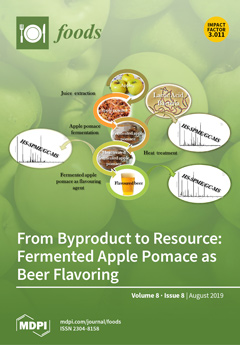The objective of this study was to determine the concentrations of 20 minerals in the whole raw milk from Holstein dairy cows in the province of Alberta, Canada. A total of 156 milk samples were collected from 26 dairy farms (
n = 6 per farm) and analyzed with inductively coupled plasma mass spectrometry (ICP-MS) for five macrominerals (Ca, Mg, P, K, and Na), ten microminerals (Bo, Co, Cu, Fe, Mn, Mo, Ru, Se, St, and Zn), and five heavy metals (Al, As, Cd, Cr, and Pb). Calculated means were compared with their recommended daily intakes (RDIs) or minimal risk levels (MRLs) obtained from several food safety agencies and with data obtained from a world meta-analytical study we conducted previously. Results of the present study showed differences in the concentrations of multiple minerals between the Alberta farms involved and world averages (WA) and within Alberta farms. Concentrations of macrominerals, including Ca, Mg, P, K, and Na, in the raw milk were greater in Alberta dairy farms than the WA (
p < 00.5; except Ca). Of note, concentrations of Ca showed the highest variability among Alberta farms, with 11 farms having lower milk Ca than WA. The other macrominerals were higher than WA in more than 88% of Alberta farms. Data demonstrated that concentrations of microminerals, including Co, Cu, Fe, Mn, and Mo, in Alberta raw milk were lower compared with WA (
p < 0.05). Selenium was the only element in raw milk that was found to have higher concentrations in all farms in Alberta vs. WA. High variability was observed for B, Sr, and Zn, which were lower in multiple locations around the province. Concentrations of heavy metals in the Alberta raw milk, including Al, As, Cd, and Pb, were lower than WA, whereas concentrations of Cr were higher. Most importantly, all heavy metals were below their respective MRLs in all analyzed samples. Overall, data from this study showed that raw milk from Holstein dairy cows in Alberta has concentrations of most mineral elements below their MRLs and some of them different from WA. Of note, although concentrations of Se and Zn in the raw milk were higher in Alberta compared with WA, their concentrations were still below their respective MRLs.
Full article






